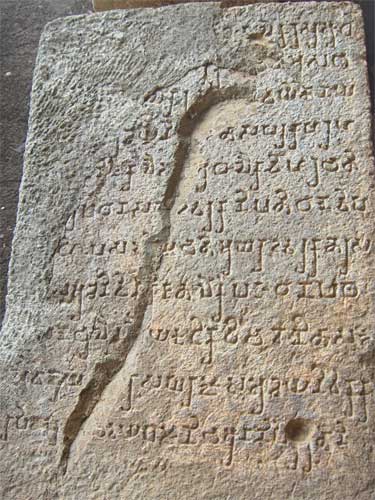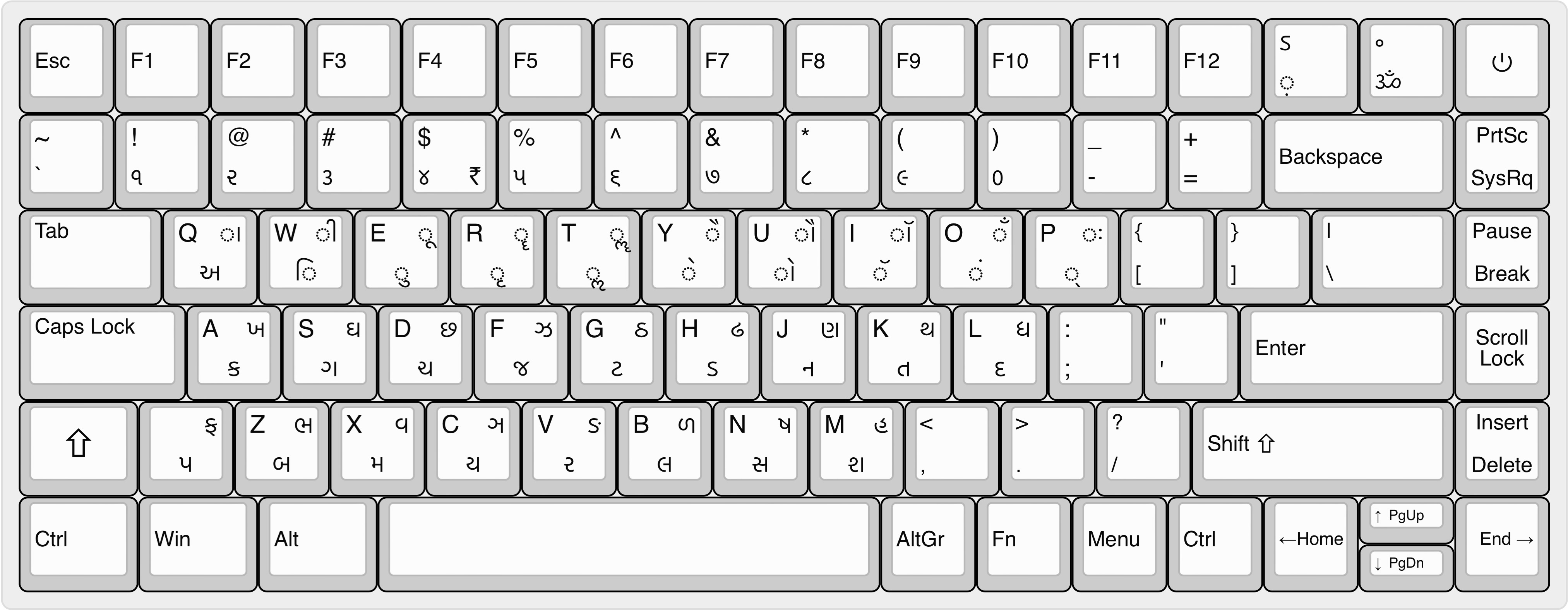|
Retroflex Lateral
The voiced retroflex lateral approximant is a type of consonantal sound used in some spoken languages. The symbol in the International Phonetic Alphabet that represents this sound is , and the equivalent X-SAMPA symbol is l`. The retroflex lateral approximant contrasts phonemically with its voiceless counterpart in Iaai and Toda. In both of these languages it also contrasts with more anterior , which are dental in Iaai and alveolar in Toda. Features Features of the voiced retroflex lateral approximant: Occurrence In the following transcriptions, diacritics may be used to distinguish between apical and laminal A laminal consonant is a phone (speech sound) produced by obstructing the air passage with the blade of the tongue, the flat top front surface just behind the tip of the tongue in contact with upper lip, teeth, alveolar ridge, to possibly, as ... . See also * Index of phonetics articles Notes References * * * * * * * External links * {{IP ... [...More Info...] [...Related Items...] OR: [Wikipedia] [Google] [Baidu] |
Consonant
In articulatory phonetics, a consonant is a speech sound that is articulated with complete or partial closure of the vocal tract. Examples are and pronounced with the lips; and pronounced with the front of the tongue; and pronounced with the back of the tongue; , pronounced in the throat; , and , pronounced by forcing air through a narrow channel (fricatives); and and , which have air flowing through the nose ( nasals). Contrasting with consonants are vowels. Since the number of speech sounds in the world's languages is much greater than the number of letters in any one alphabet, linguists have devised systems such as the International Phonetic Alphabet (IPA) to assign a unique and unambiguous symbol to each attested consonant. The English alphabet has fewer consonant letters than the English language has consonant sounds, so digraphs like , , , and are used to extend the alphabet, though some letters and digraphs represent more than one consonant. For example, th ... [...More Info...] [...Related Items...] OR: [Wikipedia] [Google] [Baidu] |
Standard French
Standard French (in French: ''le français standard'', ''le français normé'', ''le français neutre'' eutral Frenchor ''le français international'' nternational French is an unofficial term for a standard variety of the French language. It is a set of spoken and written formal varieties used by the educated francophones of several nations around the world. As French is a pluricentric language, Standard French encompasses various linguistic norms (consisting of prescribed usage). The syntax, morphology, and orthography of Standard French are explained in various works on grammar and style such as the ''Bescherelle'', a reference summary of verb conjugations first compiled in the 19th century by Louis-Nicolas Bescherelle from France, and ''Le Bon Usage'' written in the 20th century by Belgian grammarian Maurice Grevisse. In France, Standard French is based on the pronunciation and vocabulary used in the formal registers of French in Metropolitan France. In Quebec, it is ... [...More Info...] [...Related Items...] OR: [Wikipedia] [Google] [Baidu] |
Malayalam Language
Malayalam (; , ) is a Dravidian language spoken in the Indian state of Kerala and the union territories of Lakshadweep and Puducherry (Mahé district) by the Malayali people. It is one of 22 scheduled languages of India. Malayalam was designated a "Classical Language of India" in 2013. Malayalam has official language status in Kerala, and Puducherry ( Mahé), and is also the primary spoken language of Lakshadweep, and is spoken by 34 million people in India. Malayalam is also spoken by linguistic minorities in the neighbouring states; with significant number of speakers in the Kodagu and Dakshina Kannada districts of Karnataka, and Kanyakumari, district of Tamil Nadu. It is also spoken by the Malayali Diaspora worldwide, especially in the Persian Gulf countries, due to large populations of Malayali expatriates there. There are significant population in each cities in India including Mumbai, Bengaluru, Delhi, Kolkata, Pune etc. The origin of Malayalam remains a matter of ... [...More Info...] [...Related Items...] OR: [Wikipedia] [Google] [Baidu] |
Revised Romanization Of Korean
Revised Romanization of Korean () is the official Korean language romanization system in South Korea. It was developed by the National Academy of the Korean Language from 1995 and was released to the public on 7 July 2000 by South Korea's Ministry of Culture and Tourism in Proclamation No. 2000-8. The new system addressed problems in the implementation of the McCune–Reischauer system, such as the phenomena where different consonants and vowels became indistinguishable in the absence of special symbols. To be specific, under the McCune–Reischauer system, Korean consonants ''(k)'', ''(t)'', ''(p)'' and ''(ch)'' and ''(kʼ)'', ''(tʼ)'', ''(pʼ)'' and ''(chʼ)'' became indistinguishable when the apostrophe was removed. In addition, Korean vowels ''(ŏ)'' and ''(o)'', as well as ''(ŭ)'' and ''(u)'', became indistinguishable when the breve was removed. Especially in internet use, where omission of apostr ... [...More Info...] [...Related Items...] OR: [Wikipedia] [Google] [Baidu] |
Hangul
The Korean alphabet, known as Hangul, . Hangul may also be written as following South Korea's standard Romanization. ( ) in South Korea and Chosŏn'gŭl in North Korea, is the modern official writing system for the Korean language. The letters for the five basic consonants reflect the shape of the speech organs used to pronounce them, and they are systematically modified to indicate phonetic features; similarly, the vowel letters are systematically modified for related sounds, making Hangul a featural writing system. It has been described as a syllabic alphabet as it combines the features of alphabetic and syllabic writing systems, although it is not necessarily an abugida. Hangul was created in 1443 CE by King Sejong the Great in an attempt to increase literacy by serving as a complement (or alternative) to the logographic Sino-Korean ''Hanja'', which had been used by Koreans as its primary script to write the Korean language since as early as the Gojoseon period (spanni ... [...More Info...] [...Related Items...] OR: [Wikipedia] [Google] [Baidu] |
Korean Language
Korean ( South Korean: , ''hangugeo''; North Korean: , ''chosŏnmal'') is the native language for about 80 million people, mostly of Korean descent. It is the official and national language of both North Korea and South Korea (geographically Korea), but over the past years of political division, the two Koreas have developed some noticeable vocabulary differences. Beyond Korea, the language is recognised as a minority language in parts of China, namely Jilin Province, and specifically Yanbian Prefecture and Changbai County. It is also spoken by Sakhalin Koreans in parts of Sakhalin, the Russian island just north of Japan, and by the in parts of Central Asia. The language has a few extinct relatives which—along with the Jeju language (Jejuan) of Jeju Island and Korean itself—form the compact Koreanic language family. Even so, Jejuan and Korean are not mutually intelligible with each other. The linguistic homeland of Korean is suggested to be somewhere in ... [...More Info...] [...Related Items...] OR: [Wikipedia] [Google] [Baidu] |
Khanty Language
Khanty (also spelled Khanti or Hanti), previously known as Ostyak (), is a Uralic language spoken by the Khanty people, primarily in the Khanty–Mansi and Yamalo-Nenets autonomous okrugs and the Aleksandrovsky and Kargosoksky districts of Tomsk Oblast in Russia. The closest living relatives of Khanty are Hungarian and Mansi. According to the 2010 Russian census, there were around 9,600 Khanty-speaking people in Russia. The Khanty people are rapidly experiencing a language shift to Russian. The Khanty language has many dialects. The western group includes the Obdorian, Ob, and Irtysh dialects. The eastern group includes the Surgut and Vakh-Vasyugan dialects, which, in turn, are subdivided into thirteen other dialects. All these dialects differ significantly from each other by phonetic, morphological, and lexical features to the extent that the three main "dialects" (northern, southern and eastern) are mutually unintelligible. Thus, based on their significant multifactorial ... [...More Info...] [...Related Items...] OR: [Wikipedia] [Google] [Baidu] |
Kannada Script
The Kannada script (IAST: ''Kannaḍa lipi''; obsolete: Kanarese or Canarese script in English) is an abugida of the Brahmic family, used to write Kannada, one of the Dravidian languages of South India especially in the state of Karnataka. Kannada script is also widely used for writing Sanskrit texts in Karnataka. Several minor languages, such as Tulu, Konkani, Kodava, Sanketi and Beary, also use alphabets based on the Kannada script. The Kannada and Telugu scripts share very high mutual intellegibility with each other, and are often considered to be regional variants of single script. Other scripts similar to Kannada script are Sinhala script (which included some elements from the Kadamba script), and Old Peguan script (used in Burma). The Kannada script ( ''akṣaramāle'' or ''varṇamāle'') is a phonemic abugida of forty-nine letters. The character set is almost identical to that of other Brahmic scripts. Consonantal letters imply an inherent vowel. Letters represe ... [...More Info...] [...Related Items...] OR: [Wikipedia] [Google] [Baidu] |
Kannada Language
Kannada (; ಕನ್ನಡ, ), originally romanised Canarese, is a Dravidian language spoken predominantly by the people of Karnataka in southwestern India, with minorities in all neighbouring states. It has around 47 million native speakers, and was additionally a second or third language for around 13 million non-native speakers in Karnataka. Kannada was the court language of some of the most powerful dynasties of south and central India, namely the Kadambas, Chalukyas, Rashtrakutas, Yadava Dynasty or Seunas, Western Ganga dynasty, Wodeyars of Mysore, Nayakas of Keladi Hoysalas and the Vijayanagara empire. The official and administrative language of the state of Karnataka, it also has scheduled status in India and has been included among the country's designated classical languages.Kuiper (2011), p. 74R Zydenbos in Cushman S, Cavanagh C, Ramazani J, Rouzer P, ''The Princeton Encyclopedia of Poetry and Poetics: Fourth Edition'', p. 767, Princeton University ... [...More Info...] [...Related Items...] OR: [Wikipedia] [Google] [Baidu] |
Gujarati Script
The Gujarati script (, transliterated: ) is an abugida for the Gujarati language, Kutchi language, and various other languages. It is a variant of the Devanagari script differentiated by the loss of the characteristic horizontal line running above the letters and by a number of modifications to some characters. Gujarati numerical digits are also different from their Devanagari counterparts. Origin The Gujarati script () was adapted from the Nagari script to write the Gujarati language. The Gujarati language and script developed in three distinct phases — 10th to 15th century, 15th to 17th century and 17th to 19th century. The first phase is marked by use of Prakrit, Apabramsa and its variants such as Paisaci, Shauraseni, Magadhi and Maharashtri. In second phase, Old Gujarati script was in wide use. The earliest known document in the Old Gujarati script is a handwritten manuscript ''Adi Parva'' dating from 1591–92, and the script first appeared in print in a 1797 advertisem ... [...More Info...] [...Related Items...] OR: [Wikipedia] [Google] [Baidu] |
.jpg)


